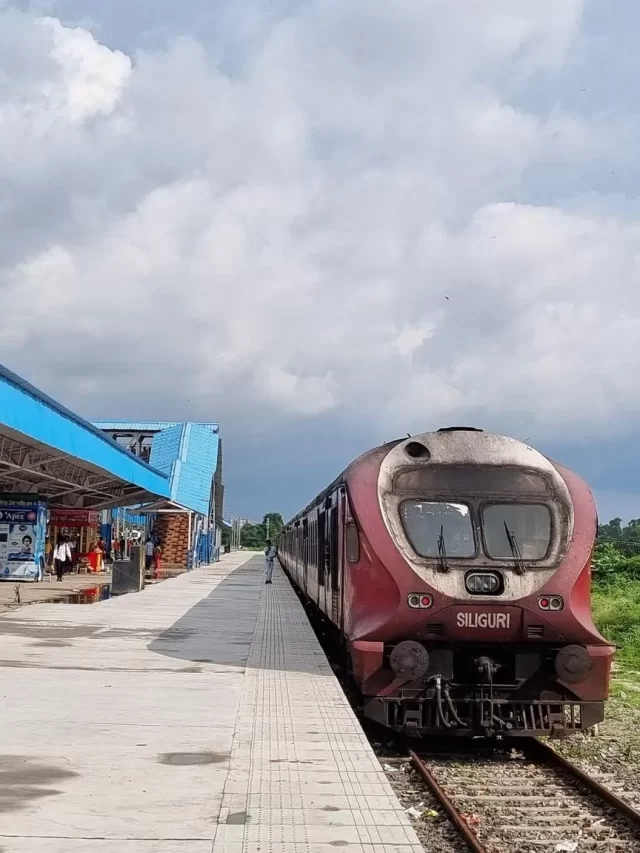Largest Railway Stations in India
India’s railway network is one of the most extensive and busiest in the world, featuring several grand and historic railway stations. Here, we explore the largest railway stations in India, showcasing their unique architectural features and historical significance.
1. Howrah Junction Railway Station
Howrah Junction Railway station is the biggest railway station in India, which started with 1 platform in 1854. It is located in Howrah, Kolkata. The platform was contained in a single little hut. It was a large red brick columnar structure with a single platform and a corrugated iron sheet roof. Between 1900 and 1911, it underwent renovations that included Romanesque and Moorish architectural elements. Halsey Ricardo designed the new structure with 23 platforms. The current version of the Howrah Junction Railway Station can best be characterised as an enormous red brick collection of Tibetan monasteries and English prisons. Eight towers, two with solid square tops and six with wide eaves, dominate the façade. It also has a complicatedly designed clock tower with intricate workings.
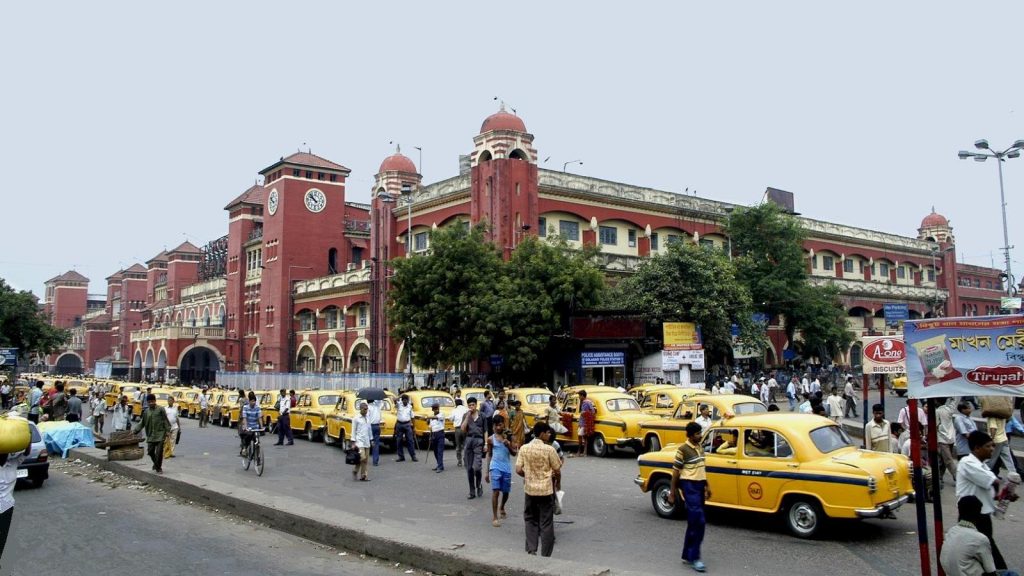
2. Sealdah Railway Station
The Sealdah Railway Station was constructed in 1862, and named after the Governor-General of India, Frederick William Stevens, also called Lord Sealdah. It started as a tin-roofed building, but by 1869, the original architect, Mr Walter Glanville designed a proper station building. Sealdah Railway Station has 21 platforms. Sealdah is distinguished by its British colonial design, with high vaulted ceilings and expansive platforms. The main station’s foundation is 45 feet deep due to numerous subterranean tanks and pits. Some of the walls are eight or ten feet thick.
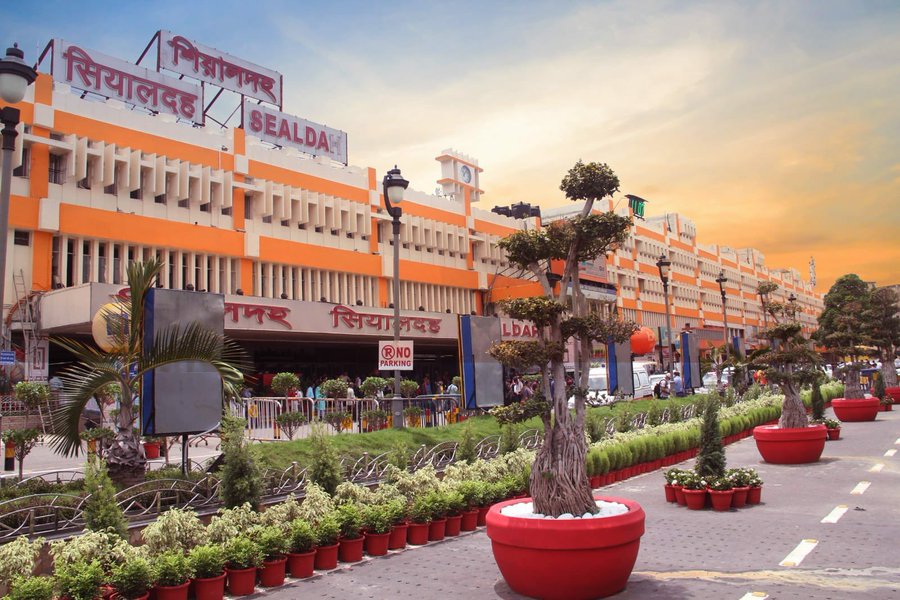
3. Chhatrapati Shivaji Terminus
The oldest railway station in India is Chhatrapati Shivaji Terminus, formerly known as Victoria Terminus and Bori Station. When it was first constructed in 1853, it served as the location of the Bori Bunder railway station. It was later rebuilt, though. At Fort, Mumbai, Maharashtra, work on the new railway station began in 1887 and was completed in May 1888. Frederick William Stevens created it, drawing inspiration from Alex Haig’s original design. Chhatrapati Shivaji Terminus’s architecture is a blend of Indian and Italian Gothic styles. The unusual ground plan, pointed arches, turrets, and skyline are typical of classical Indian palace architecture. The intricate iron and brass railings, wood carvings, tiles, ticket office grills, and handrails were all made by students at the Sir JJ School of Art. The 330-foot-long platform of the centrally domed office building is connected to the 1,200-foot-long train shed. At the top of the ribbed octagonal dome of Chhatrapati Shivaji Terminus is a female figurine holding a spoked wheel in her left hand and a torch in her right. The main structure was constructed from a mixture of sandstone and limestone, with Italian marble used for the ornamental elements.
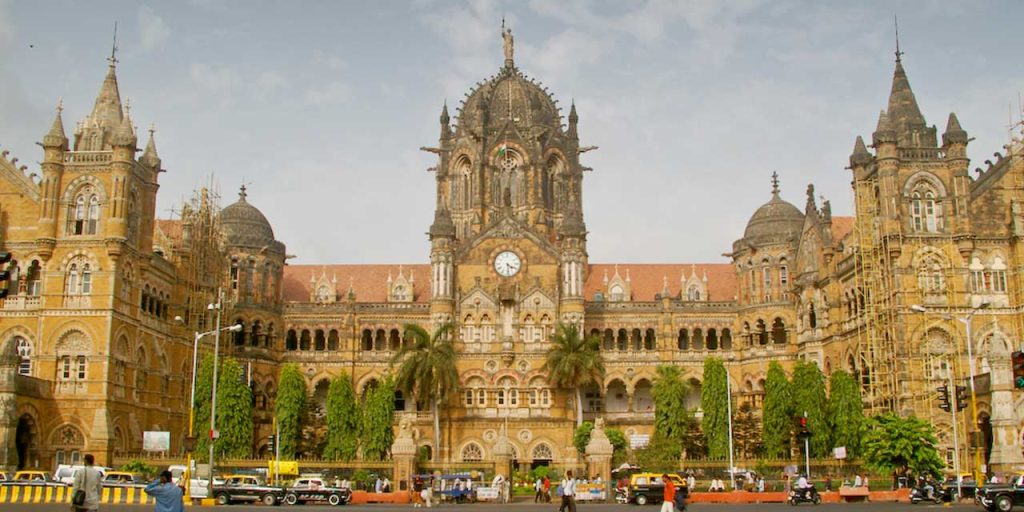
4. Chennai Central Railway Station
Chennai Central Railway Station (formerly Madras Central) is a railway station in Periyamet, Chennai, Tamil Nadu. Its official name is Puratchi Thalaivar Dr M.G. Ramachandran Central Railway Station. Built between 1862 and 1873, it underwent two reconstructions, in 1959 and 1998. The original station was built in the Gothic Revival style and had four platforms, all designed by George Harding. The station was altered by Robert Fellowes Chisholm, who also added the Travancore ‘caps’ to the main towers and the central clock tower. The Chennai Central Railway Station’s main structure blends Gothic and Romanesque architectural design elements. The tallest is the four-faced clock tower, standing at 136 feet. Each quarter of an hour, it chimes. Along with the twin segmental arch openings, balconies, and verandahs, the two-story building has a smaller turret.
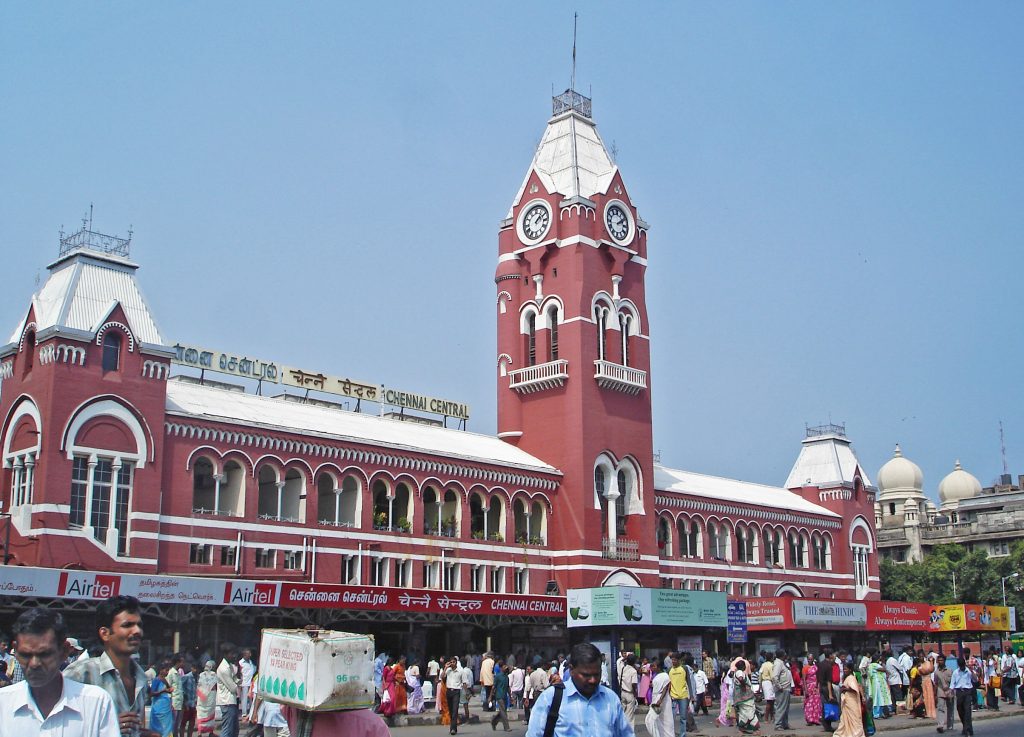
5. New Delhi Railway Station
The New Delhi Railway Station was built in 1926 with a single platform. By 1955, the station had received a dedicated building. All passenger classes have a common entrance, exit, and resting area to circulate. A shared space for refreshments was constructed, along with ticket-class-specific waiting areas and restrooms. The Ministry of Railways’ architect oversaw the New Delhi Railway Station’s layout and design. At this time, the building’s outside was composed of exposed concrete. The main entrance’s exterior was coated in sandstone ahead of the 1982 Asian Games, which were later painted. The architecture firm Farrells was hired in 2007 to provide consulting services for the reconstruction, modernization, and extension of the New Delhi Railway Station in preparation for the 2010 Delhi Commonwealth Games. Hence, the building’s exterior, benches, and pillars were coated with aluminium, which was later painted. A domed exterior made of steel and glass would enclose the station’s entire platform.
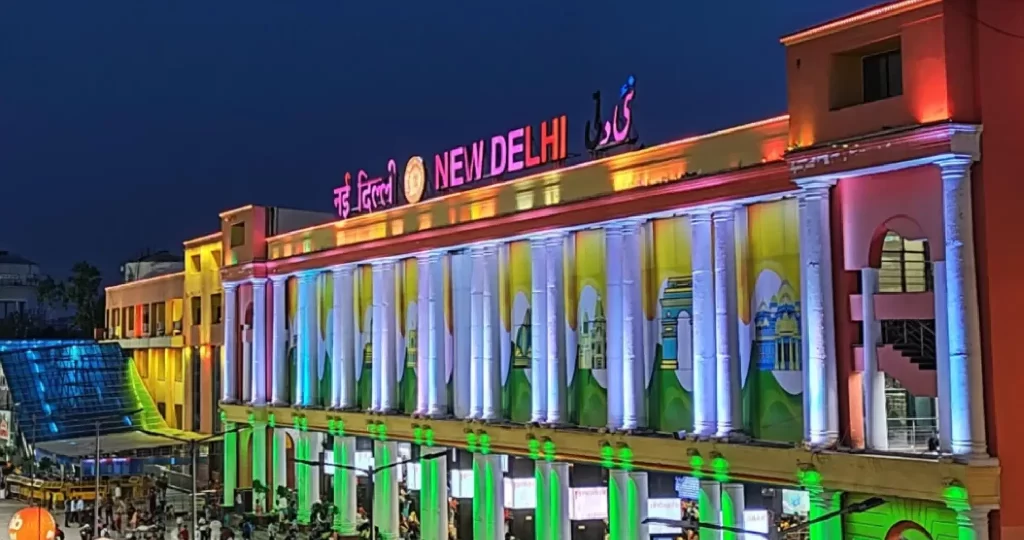
6. Ahmedabad Junction Railway Station
The Ahmedabad Junction Railway Station, also known as the Kalupur Railway Station. It was constructed in 1863 by Gokuldas Contractor and Associates. The Delhi Metro Rail Corporation (DMRC) and Dinesh Chandra R Agrawal (DRA) Infracon are working together to undertake a major renovation of the Ahmedabad Junction railway station. With an estimated cost of ₹2,400 crore, this project intends to renovate the station into a cutting-edge transportation hub with architectural features influenced by the region’s rich history. The construction of an open-air Amphitheatre and architectural references to the city’s historical landmarks are part of the redesign plans.
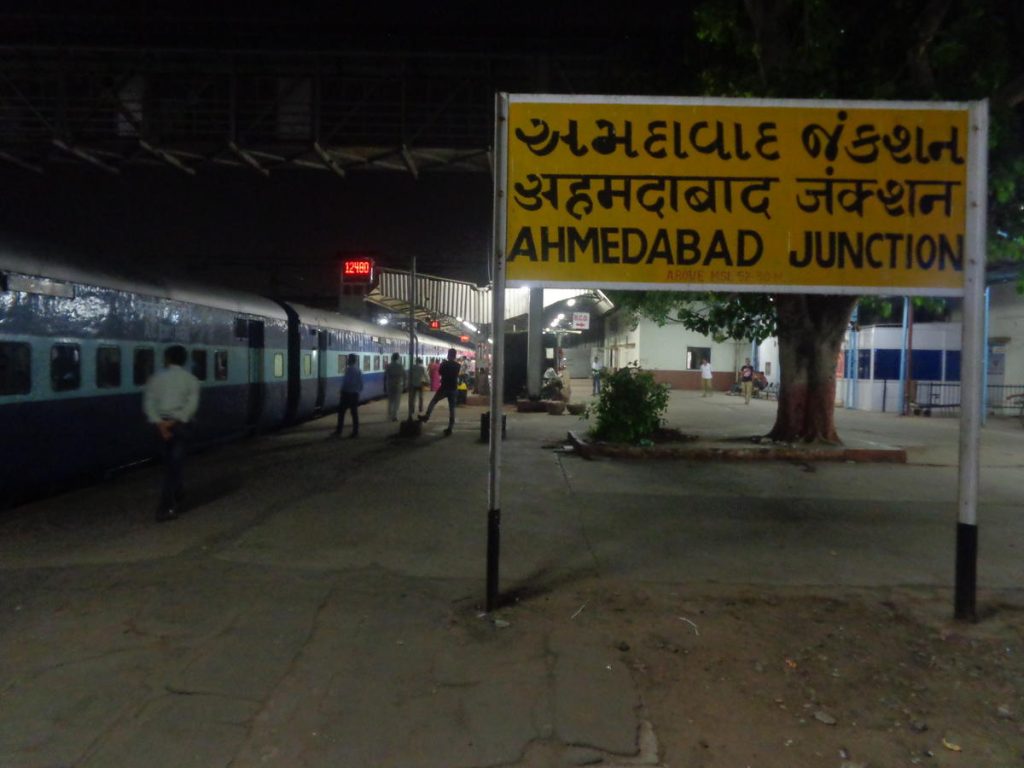
7. Kharagpur Junction Railway Station
Kharagpur Junction railway station was constructed and opened in 1898. Designed by British engineers during the colonial era, Kharagpur Junction railway station features a grand Victorian style with extensive use of iron and steel in its construction, reflecting the industrial aesthetic of the era.
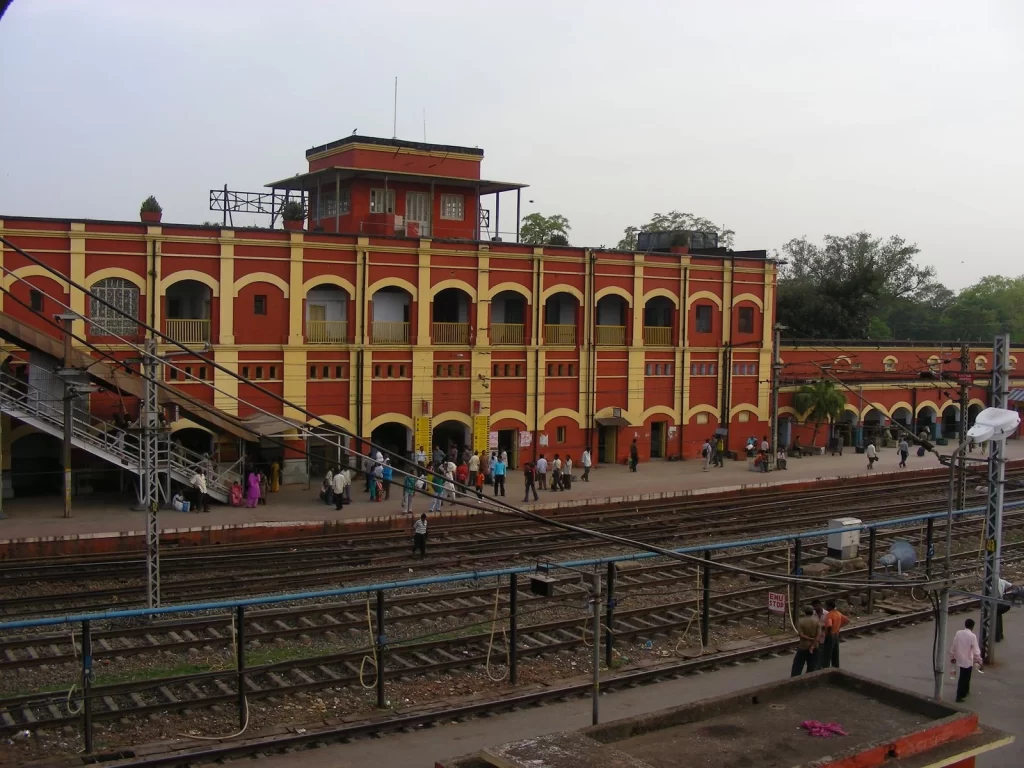
8. Kanpur Central Railway Station
Kanpur, Uttar Pradesh is home to the Kanpur Central Railway Station, formerly known as Cawnpur North Barracks. When construction was completed in 1859, that’s when the first train to Allahabad left. Many attempts have been made to renovate the building. The ‘Doric Capital’ columns were heavily utilized along with their length in the first version. Kanpur Central Railway Station is an exquisite example of Awadhi and Indo-Saracenic architecture. A wide platform, waiting areas, and offices are among the rail-side features. Across the platform, a barrel-roofed structure sits atop an arcade. The elegant pavilions, railings, balconies, and grilles with exquisite decorative filigree work, three-story arcades of pointed arches, and striking ribbed domes with exquisite finials atop were all features of the new station building.
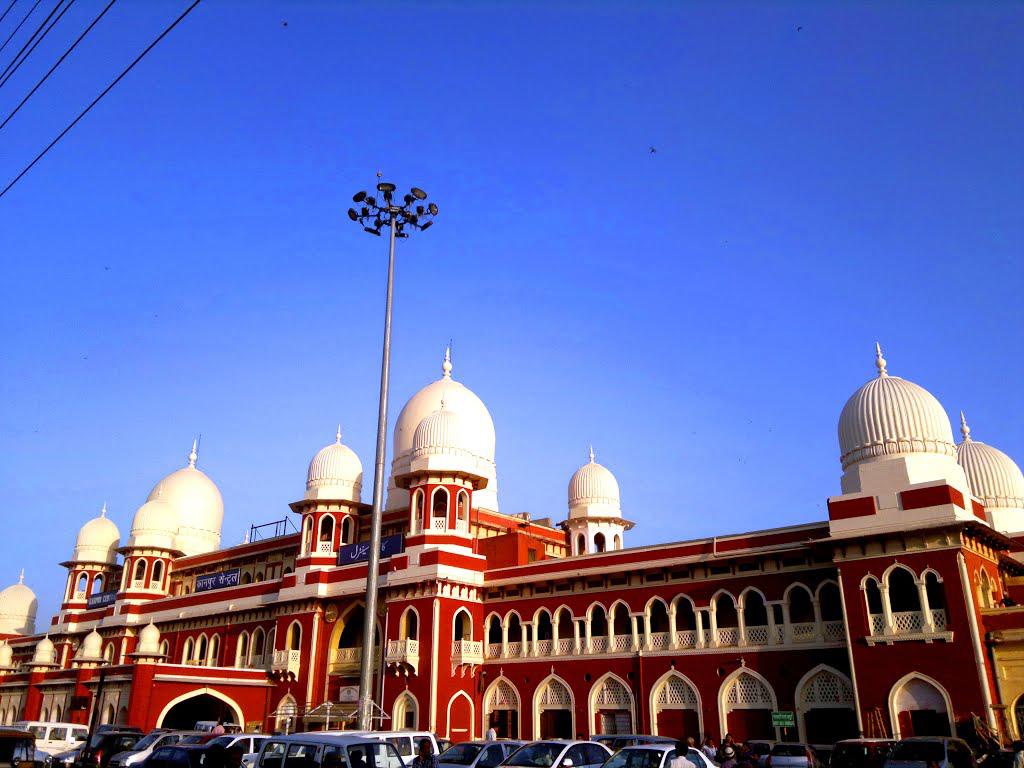
9. Prayagraj Railway Station
The Prayagraj Railway Station was formerly known as Allahabad Junction. It can be found in Prayagraj, Uttar Pradesh, on Leader Road. Beginning in 1855, the junction’s construction was completed in 1859. A repair shop and workshop were constructed close to the intersection in 1882. As we speak, work is being done on the intersection. Among other things, the most recent version of Prayagraj Railway Station will have automated stairways, elevators, multi-level parking services, ramps, and VIP lounges.
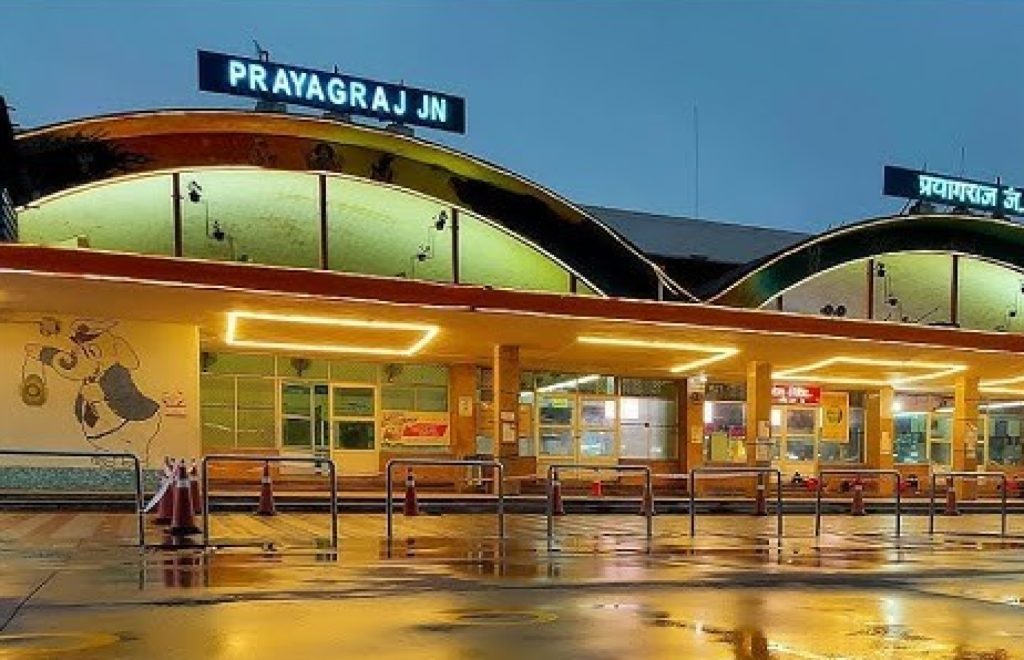
10. Vijayawada Junction Railway Station
The Vijayawada Junction Railway Station was constructed in 1888 by Southern Maharatta Railways. It features ten platforms and a standard station layout. The station has broad gauge, electrified tracks throughout. There is circuit lighting area close to the station’s main entrance. A foot-over bridge, 20 feet wide and 490 meters long, is being built to connect the Vijayawada Junction railway station platforms. The project is expected to cost two crores. Another building at Vijayawada Junction railway station is a Diesel Loco Shed. A compound wall was constructed and the number of entrances was reduced to counter-terrorism.
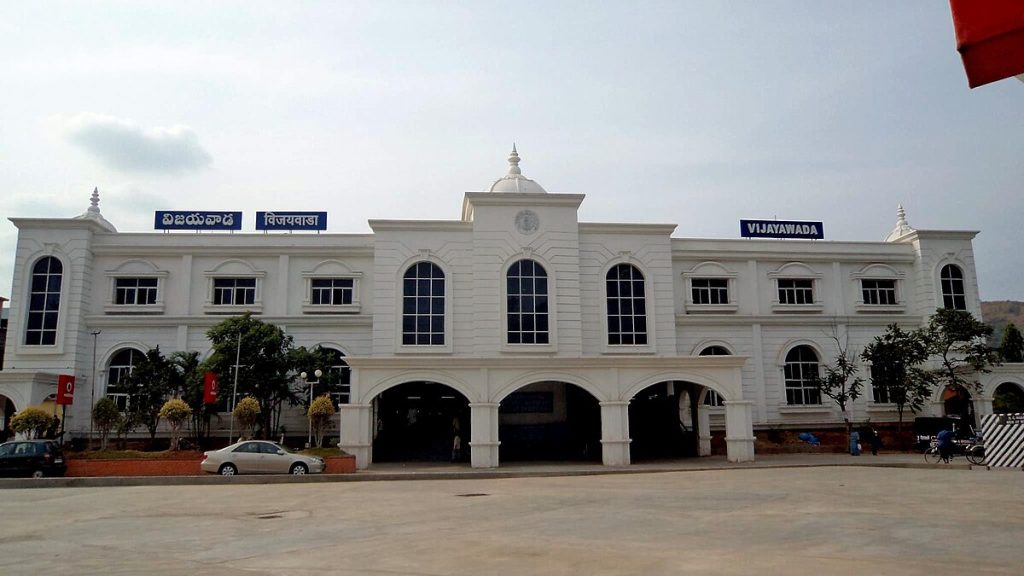
Image Courtesy – The Financial Express


